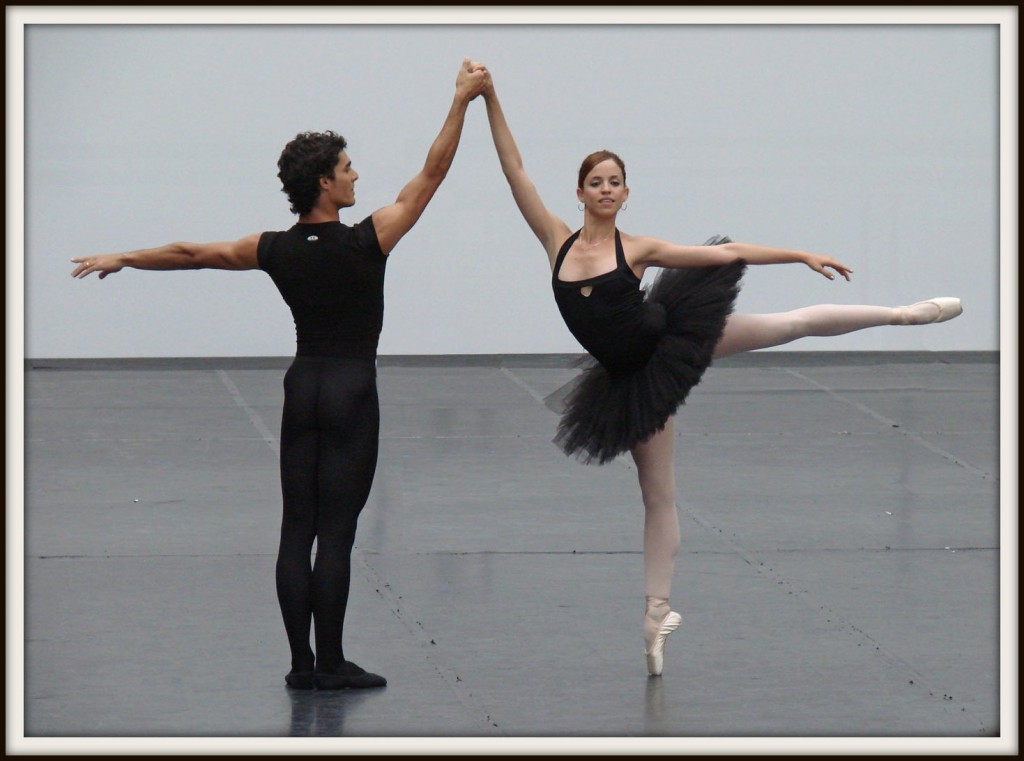 Last week, I wrote of an example of deliberate practice from my past: studying theatre and performing with Bernard Uzan when I was in my twenties. As it turned out, and as I will explain further in the next post, my personal journey into theatre lasted nearly three years and proved to be quite a learning experience.
Last week, I wrote of an example of deliberate practice from my past: studying theatre and performing with Bernard Uzan when I was in my twenties. As it turned out, and as I will explain further in the next post, my personal journey into theatre lasted nearly three years and proved to be quite a learning experience.
When presented with the opportunity to join a professional theatre company, I thought the period would be a fascinating interlude, time to simply follow my heart and explore. I certainly could see no relevance to what I had done previously or to an eventual career. Looking back years later, though, I have realized that the theatre taught me valuable lessons, many of which I have found useful in a variety of professional settings.
A few days ago, as I was pondering writing something about my theatre years, I happened upon a Fast Company piece about how Bonita Coleman Stewart, vice president of partner business solutions at Google, has applied the lessons of her ballet training to a business career. While I have never trained for or performed ballet, I have been a fan for most of my life, and I read her account with considerable interest. You can find the article here.
Of course, the appearance of the Fast Company article was somewhat serendipitous, coming at a time when I was reflecting on my background in the theatre and its influence on my professional life. Since several of this woman’s observations about ballet were similar to things I would say about theatre, I began to think more generally about how training in the arts might be applied to work in organizations.
So, I decided to focus this week’s blog on three elements of Stewart’s thinking that resonated with me and brought to mind similar observations about my theatrical “interlude”. Next week, I will go a bit deeper into a description of my time with the French Theatre in America, and discuss further some of the things I gleaned from those years.
In the Fast Company article on Bonita Coleman Stewart, I was first struck by her discussion of how much the attention to detail she learned from dance had helped in her career. Both theatre and ballet are rigorous pursuits, and Stewart says that dance taught her much about the process of learning anything. As she says, “Before a dancer can effortlessly turn a pirouette or balance on pointe, he or she must spend many hours of training at the barre repeating and perfecting each movement.”
In her business life, Stewart would become head of interactive communication at Daimler-Chrysler. She knew little about cars at the outset, and the perfectionist mindset of her dance training pushed her to take a rigorous approach to figuring out the automobile industry. In what she describes as a “deep dive”, Stewart forced herself to learn about all aspects of the product cycle, and that knowledge of basic concepts later proved invaluable.
A second idea that hit home with me as I read the Fast Company article is the concept that working in the performing arts gives one a feel for using the art of demonstration. Working in a theatre company or dance troupe, one must not only learn to express one’s ideas but also to demonstrate them in rehearsal, often to convince others of a better way. Stewart says that such skills have served her well in various organizational roles. To communicate with her teams, she emphasizes showing–not telling–colleagues and customers about opportunities to stretch and grow.
And, here is a third concept I liked from the article: Art teaches us about combining order and rigor with imagination. Stewart describes ballet as something that is constantly evolving, as a group of performers searches for the combination of discipline and musicality that will create perfection. She finds a similar environment among her work group at Google, where there is “this constant change which I personally thrive on,” she says.
Balancing discipline and creativity was a lesson I saw repeatedly in the theatre as well. Our director, whom I consider an artistic genius, taught us to think of any work of art as a combination of Dionysus (the Greek god whose cult stood for spontaneity, imagination and originality) and Apollo, for whom beauty was a function of perfect attention to form and structure.
I have come to believe that greatness in any field is often a function of such combinations. For example, were the Beatles so successful because Lennon’s Dionysus was the perfect foil to McCartney’s classic Apollo? Or, was Tim Cook the Apollo who complemented the Dionysus in Steve Jobs to produce Apple’s phenomenal growth years? Just food for thought…
Image: Flickr-user Jean-Pierre Dalbéra
